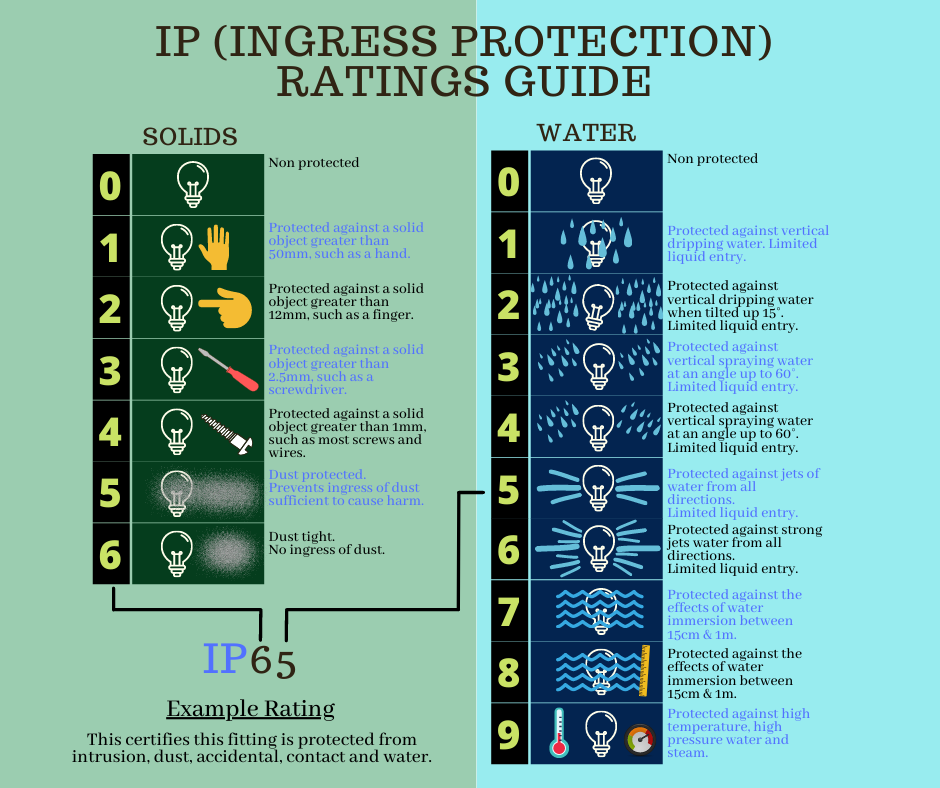Your garden can be one of the most enjoyable areas of the home to spend your time in. It will often take more effort than all the others to maintain and can be the most difficult to get right, whether that be with furniture, features, or lighting. For us at Lighting for Gardens, we believe illuminating the area effectively is one of the best and most worthwhile ways to make the most of the space.
Deciding what you want from garden lighting
- If the purpose of your lighting is for entertaining guests or personal time
- If darker areas need to be lit because of convenience or security
- Whether paths or boundaries need to be lit
- What features including ponds and statues you may want to illuminate
If you are wanting to add light fixtures which require wiring, do seek professional assistance from a qualified electrician.
Types of Lighting
All garden lighting comes in one of three forms:
Accent Lighting: this is for when you want to focus on a specific thing which could be statues, water features, certain plants or to simply add to the atmosphere of your garden.
Ambient Lighting: daylight usually provides all the ambient lighting you need but when the sun goes down, you’ll want lights illuminating pathways, steps, and other areas so people can navigate safely.
Task Lighting: Provides a strong, focused level of lighting so you’re able to see what you’re doing and can carry out tasks. Perfect examples are LED strip lights, which can be added around outdoor cooking areas such as a barbecue.
Light Bulbs
In outdoor areas, it’s a great idea to use LED light bulbs which emit warm and very warm colour temperatures. In addition, because they give off little heat it means insects aren’t attracted to them you will be thankful for, whilst the warmer light has a reduced impact on animals.
Festoon lights or LED strips under steps and along paths and rails contribute subtle low levels of light that makes it easy to navigate areas safely without impact on aesthetics and atmosphere.
Other Considerations
It’s always good to think about how your outdoor lighting fixtures affect your neighbours, nocturnal animals and creatures, and the sky at night. There are some things you can do to limit some of the negative effects of outdoor lighting, and they are:
- Turning the lights off when they aren’t in use to save on energy costs and cut down on skyglow. If you’re seeking outdoor lights for reasons of security, think about using motion sensor lights rather than always-on options.
- Choose light bulbs with a warm, and lower, colour temperature (CCT), such as something with a maximum of 3000k or lower (warm, very warm, or extra warm white).
- Go with light bulbs that are dimmable or have a low lumen level so they are glaringly bright, which will create harsh shadows, be uneasy on the eyes and effect nocturnal creatures.
- Decide on fixtures which properly shield light and points downwards so you aren't wasting light and energy by pointing skyward.
IP Ratings
Standing for ‘Ingress Protection’, an IP Rating is the level of protection a light bulb or fixture must have to stop dust, debris and water from entering it and coming into contact with electrical components inside. The first number is for the level of protection from dust and debris and the second is for the level of protection against water.
